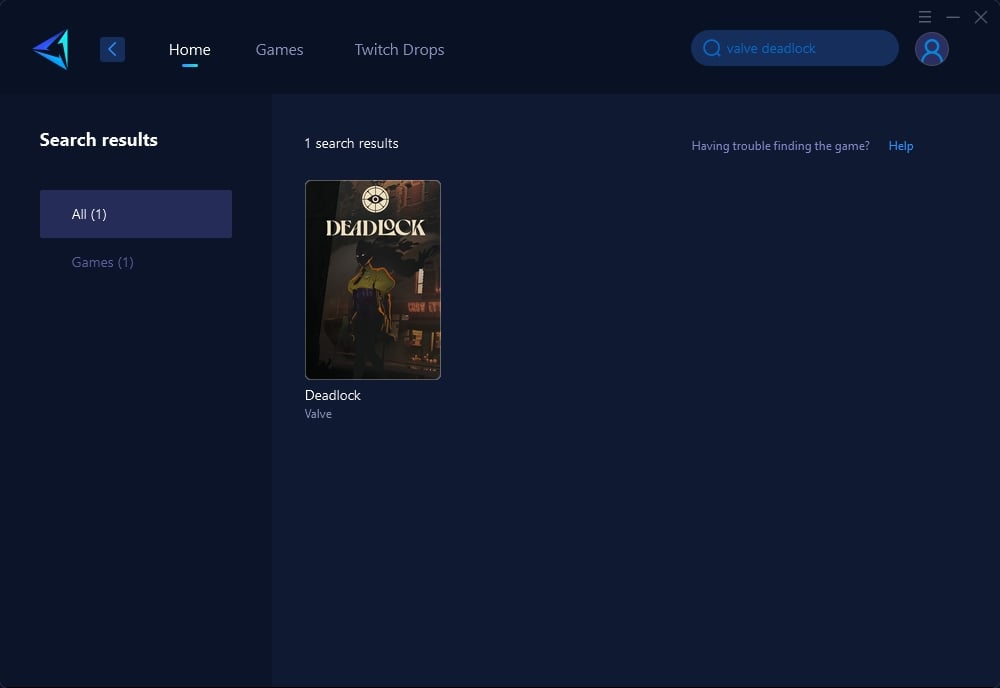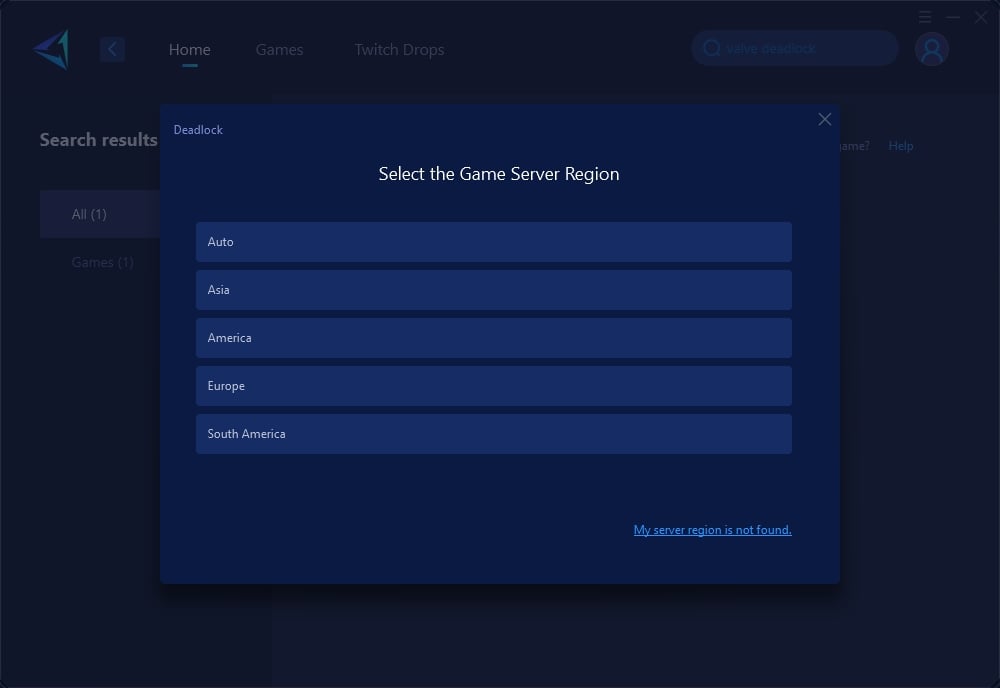What is the Best Ping for Playing Valve Deadlock
Deadlock, a new game developed by Valve, combines MOBA and shooter elements and is currently in Alpha testing. With its unique gameplay and depth, Deadlock has attracted a large player base. However, many players have reported frequent high ping and latency issues during their experience. These network problems not only affect the smoothness of gameplay but also severely disrupt the player experience, especially in fast-paced gaming scenarios, where low ping is particularly essential.
Why Low Ping is Critical in Deadlock?
In a shooter game like Deadlock, low ping (latency) is one of the key factors determining success. The lower the ping, the faster the communication between the player and the game server, leading to more responsive gameplay. High ping can cause input delays, character "teleporting," or aiming difficulties. Many players complain about significant delays during large ping fluctuations, with actions becoming laggy, attacks delayed by several seconds, and even teleportation issues.
Moreover, many actions in Valve Deadlock rely on split-second reactions, such as precise shooting and movement. With high ping, players experience noticeable delays in their attacks hitting targets, making it difficult to judge enemy positions accurately. This makes combat extremely challenging, and in crucial moments, ping issues can cause you to miss prime opportunities to secure kills.
What is the Optimal Ping?
Ideally, Valve Deadlock's ping should be under 20ms to ensure the smoothest gameplay. Most players can enjoy a relatively stable experience with ping under 50ms, but once the ping exceeds 80ms, noticeable delays affect reaction time and accuracy. For FPS players, a ping between 20ms and 40ms is optimal, as latency in this range is nearly imperceptible to the human eye.
Scientific studies show that the human brain cannot detect delays below 20ms, which is why professional players often strive for extremely low ping. As ping increases, players will feel input lag, and once it exceeds 100ms, the delay in actions and commands will significantly impact the gaming experience.
So, how to reduce ping is crucial, and we need to choose the right methods that not only avoid potential mistakes but also minimize time wasted.
3 Ways to Reduce Deadlock High Ping
1. Best Way: Using GearUP Booster
If you want to achieve lower ping and avoid latency in Deadlock, using GearUP Booster is an effective solution. GearUP Booster is a gaming VPN specifically designed for Deadlock. Its multi-line technology is fully compatible with Valve's server distribution, allowing you to connect to Deadlock servers with maximum efficiency, stable connections, and optimal Deadlock ping. GearUP Booster's packet loss prevention technology can reduce packet loss rates to nearly zero. Compared to other game boosters, GearUP offers more advanced technology, exceptional value for money, and excellent customer service, making it a top choice for many shooting game enthusiasts:
- Dynamic Acceleration Technology: GearUP Booster intelligently optimizes game data transmission paths, greatly reducing network latency.
- Multi-Protocol Support: Whether you're using Wi-Fi or a wired connection, it ensures a stable connection.
- Exclusive Game Channels: GearUP Booster provides dedicated optimized channels for popular games, including Deadlock.
These features make GearUP Booster the preferred tool for PC gamers looking to reduce ping and improve their gaming experience. Additionally, the GearUP Booster interface is simple and easy to use, allowing you to complete acceleration setup in just a few steps, quickly and conveniently.
Step1. Download and install GearUP Booster.
Step2. Launch and search for Deadlock.

Step 3: Select Game Server, auto means GearUP Booster will automatically select the best server, and you can select the nodes in the boosting interface.

Step 4: In the boosting interface, you can see all the network-related information. Notably, your Steam platform also receives network optimization, helping you access the store and community more smoothly. Then, you can launch Deadlock and enjoy the game.

2. Use a Wired Connection Instead of Wi-Fi
Many players rely on Wi-Fi for internet connectivity, but Wi-Fi signals are susceptible to physical obstacles and interference from other devices, which can increase ping and cause an unstable connection. To achieve lower ping and a more stable network, it's recommended to use a wired connection. By directly connecting to the router, you can reduce data transmission delays and avoid random fluctuations caused by Wi-Fi signal instability. Wired networks typically offer more stable speeds and lower latency, especially for games like Deadlock, which require quick response times.
3. Optimize Router Settings
Optimizing your router settings can also significantly reduce ping. Here are a few effective router optimization tips:
- QoS (Quality of Service) Settings: By enabling QoS, players can prioritize bandwidth for gaming applications, ensuring that other devices (e.g., streaming, downloading) do not consume excessive bandwidth, thus lowering ping.
- Regularly Restart Your Router: Regularly restarting your router can clear the cache and re-optimize network connections. Sometimes routers that have been running for a long time may affect connection stability due to overload.
Conclusion
Valve Deadlock demands low latency, as ping directly impacts gameplay fluidity and player performance. The ideal ping should remain under 20ms, and tools like GearUP Booster can easily optimize your network, reduce latency, and enhance the overall gaming experience. If you're facing network issues in Deadlock, GearUP Booster is the best solution to resolve high ping and latency problems.
About The Author
The End

